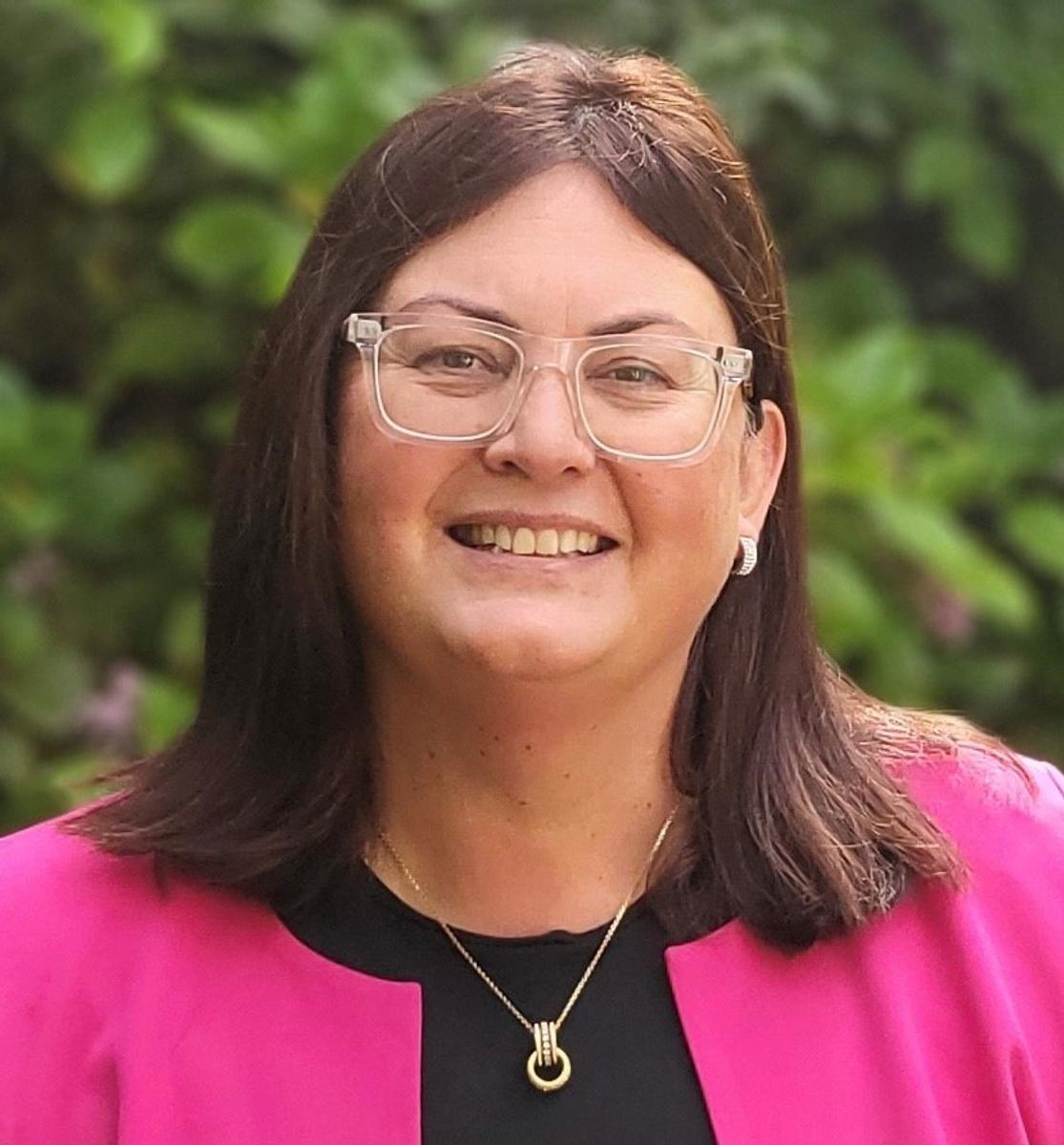From the Dean of Curriculum

Creating positive habits in Secondary School and beyond
Here is a great article from our Study Work and Grow partners on Building Good Habits.
Helping anyone tackle the temptations of procrastination can be a challenge, particularly when those in need are young people.
These days we are bombarded by distractions, notifications and different disruptions nearly constantly and sometimes I feel this is turned up to eleven for young people.
When I was younger I would constantly fall into the procrastination habit of playing video games or tidying my desk before I studied, constantly delaying the hard work.
Nowadays it’s a little different, don’t get me wrong I still fall into the trap of procrastination, but now I can navigate the temptation of procrastination easily with the development of positive habits compared to my original negative ones.
Here at Arrive & Thrive we teach students in our workshops to develop positive habits that can help them battle procrastination and in some cases avoid procrastination.
We define a habit as ‘something we do instinctively’ for example a positive habit can be brushing your teeth before you go to bed. You don’t overthink it, you just do it. This mentality is what we try and teach students when it comes to pursuing their goals, helping them develop habits so that their goal doesn’t feel overwhelming and in the process also ensuring they are productive and not falling into procrastination loops.
Here are some ways in which you can support students in developing positive habits that will stick beyond high school;
Identify the distraction
First thing is to identify what your distraction is and how you procrastinate.
In our workshops, we hear of a lot of students being distracted by their phones and/or personal devices. We then encourage them to jump into settings and identify how much screen time they record, focusing on their weekly daily average. Their device will also show them what apps they spend the most time on, being a great starting point as you can clearly see how much time they are using on specific platforms eg. Instagram, TikTok, etc.
Determine their GROW moment
Once the distraction has been identified, we then focus on helping the students determine what their goal is.
We use the GROW model as a way to determine this. GROW is an acronym for:
- Goal
- Reality
- Options and
- Way Forward, a very common coaching model.
We then facilitate students in developing a Goal and understanding if this is a realistic achievement, what options they have to achieve this and finally what habits they may need to create to make this goal come true.
Stacking the Habit
In the book Atomic Habits, the author James Clear makes reference to the process of ‘stacking habits’ to ensure that people continue good behaviours.
An example of this could be before you go to bed you wash your face, you then brush your teeth, turn your phone off and read a book for 30mins. If you have a goal of reading more books and you know that you get distracted by your phone in the evening, these habits are clearly going to help you achieve that goal.
We encourage students to think of what habits they want to create, often focusing on personal habits and academic habits that relate to their goals.
When we run this program with Year 12s, often many students have a goal of achieving a certain ATAR, so we share the example of staking habits in relation to managing their personal devices before and whilst they study.
For example, effective habits could be using the ‘Do Not Disturb’ function during study periods, placing their phone away from their study zone, setting a clear time frame for how long they want to study and following the process as best as they can.
Practice and know your limits
Finally, we continually remind students that developing positive habits around their personal devices or study takes practice.
Trying different habits are vital, for example, someone may be capable of studying with their phone face down on their desk, though for me personally, the temptation is too high.
I have only understood this through practice and being honest with myself about my distraction limits. Whenever I want to focus on studying or doing focused work, I remove my phone from the room completely as I know this serves me best in pursuit of my goals.
Next time you hear of a student who is struggling to get traction on their goals, try to help them concrete some habits that could support them not only in their schoolwork but beyond the classroom.
Our thanks to Tyson Day, Career Counsellor and Coach, at Arrive and Thrive for authoring this guest article.
You can find out more about the Workshops, presentations, online learning and Podcasts available from Arrive and Thrive over on their website https://arrivethrive.com.au. Develop career management and self-development skills designed to flow on to boost employment outcomes and work engagement after high school.
Mrs Alicia Michielsen
Dean of Curriculum 7-12
Head of Learning Enrichment P-12
Careers Advisor


